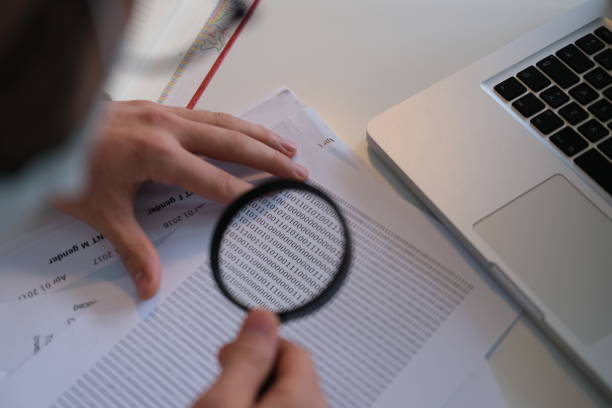The act of making, changing, or using real or fake documents to mislead or evade certain controls is known as document fraud. The crime and associated punishments can vary depending on the circumstances, the kind of altered document, and the motivation behind it. The scope and accuracy of identity fraud are growing, which makes the authentication of a person more difficult. With the advancement in ID verification, identity fraud techniques are also being modernized. Both sides are constantly innovating in this never-ending race. Many organizations are replacing manual document verification with automation to avoid fraud, relieve staff pressure, and enhance the customer onboarding process. According to most national laws, altering official documents for the purpose of selling them is declared the most severe forgery offense. Official documents include passports, driver’s licenses, or identity cards. A robust and novel document verification process is required to prevent these serious crimes.
Document Verification
The procedure of determining the validity of a document is referred to as document verification. The most widely recognized and verifiable documents are typically driver’s licenses, bank statements, and other federal or state-issued documents. The process verifies document features like watermarks, stamps, fonts, and so on.
The Importance of Document Verification
Document verification is evolving as more users interact with businesses online. Nowadays, it’s common to be asked to upload identification documents and a photo to prove likeness when creating a new account. Customers want real-time or quick processes, but delivering this on a large scale can be difficult for financial organizations. A team of employees is usually needed to manually validate the identity documents. This is time-consuming, costly, and highly prone to human error.
Integration of Machine Learning in Document Verification
Traditional verification techniques relied on algorithms to recognize patterns in images and documents, but they couldn’t compete with the human inspection. Machine learning has resolved these issues and improved the accuracy and dependability of online document verification. In order to detect fake credentials, machine learning can support more sophisticated optical character recognition and online document scanning. More importantly, ML tools can be learned through practice. An intelligent verification system can be trained to detect more sophisticated forgeries by feeding it real and forged documents. Furthermore, machine learning provides users with frictionless verification in many ways. Sending selfies and document scans to AI-powered verification systems speeds up accurate identity document validation. This facilitates user onboarding.
Document Verification in KYC and AML
The ongoing growth of digital platforms has increased the demand for online onboarding and verification in order to streamline digital customer service. As a result, there are undoubtedly more questions about document verification, and more people are interested in doing so. Banking and finance is the industry where regulations and online customer service clash. To stop terrorism funding and money laundering, numerous important regulations were implemented after 9/11. The KYC (Know Your Customer) and AML (Anti-Money Laundering) laws are two significant regulations that were developed during this time:
- Financial institutions must adhere to KYC requirements by implementing strict customer verification procedures. This includes background checks, compliant identity verification, document verification, and other screening procedures.
- AML laws are a broader set of rules intended to stop money laundering and are frequently necessary in conjunction with KYC checks.
Advantages of Document Verification
Moreover, in the modern world, where document fraud is so common, document checks have also evolved to combat all kinds of fraudsters. Here’s how platforms are using online document verification to deter criminals.
Quick Turnaround Time
It was the traditional procedure of physically delivering or emailing identity documents, then holding off until their validity was physically confirmed. The online document verification procedures can quickly authenticate the ID documents submitted electronically.
Easy to Use
Online document verification is now very easy to verify anyone’s identity. Simply upload a digital image of an identity document, like a passport, and the system will instantly verify the identity.
Enhancing the Customer Onboarding Experience
Many businesses have concentrated on enhancing the customer onboarding experience by simplifying every step of it and removing any unnecessary obstacles.
Earning Customer Trust
Many businesses are investigating how to use document verification services to boost consumer confidence. So, they are allaying all concerns about potentially onboarding the wrong customer.
Conclusion
Frauds are evolving with the passage of time. So, Document fraud is one of the most serious frauds in today’s world. Fraudsters are using fake identity documents to commit severe crimes like money laundering and corruption. So, Identity documents include national identity cards, driving licenses, educational degrees, passports, and so on. Many organizations and people have to bear the loss of billions of dollars every year around the globe. The old traditional methods are not competent enough against these modern document frauds. Moreover, New document verification methods are used to prevent these serious financial crimes. So, this novel approach is stronger, faster, and more accurate.
